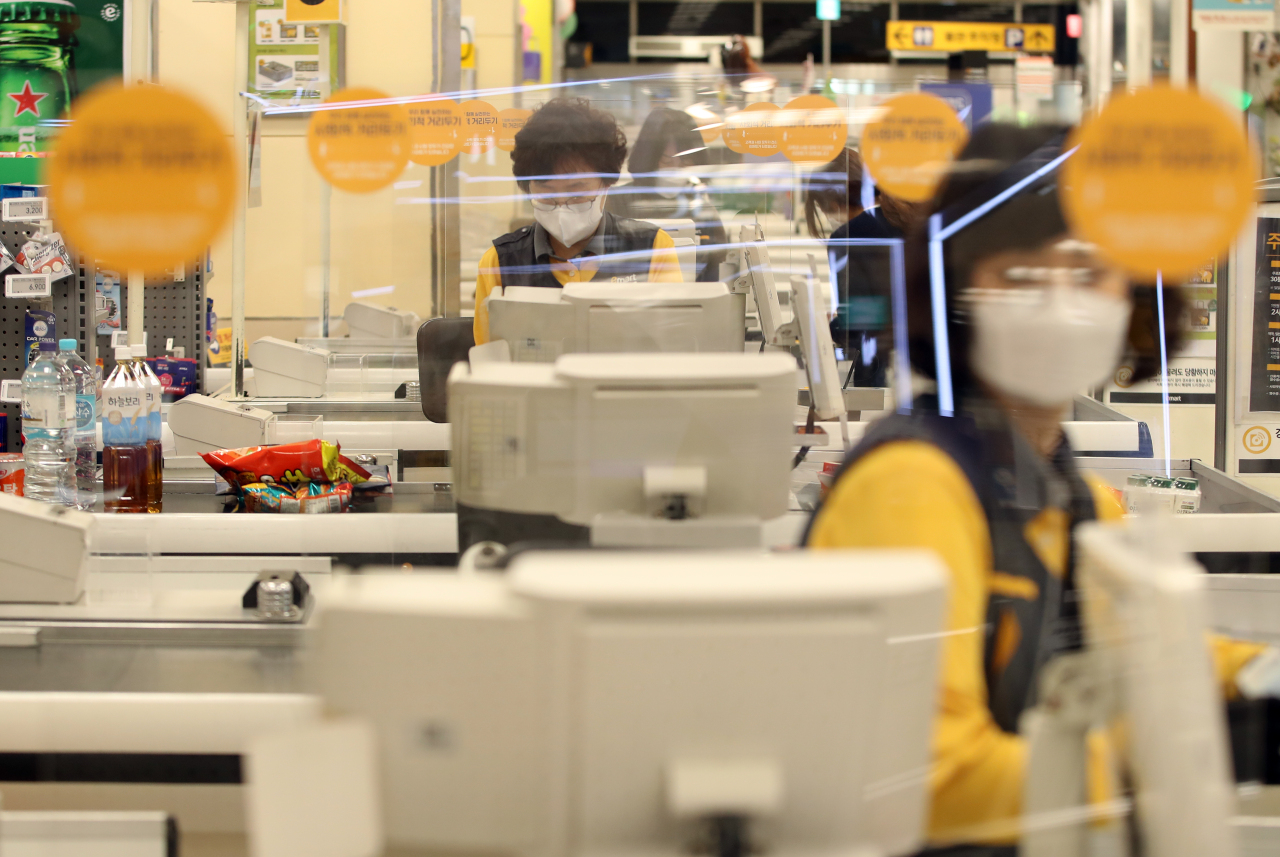Everyday steps to stem COVID-19
S. Korea to reopen economy in phases
By Kim ArinPublished : April 22, 2020 - 18:16

South Korea is gearing up for an economic reopening with renewed guidance for physical distancing.
The updated guidance, issued Wednesday, is meant to replace the stringent physical distancing implemented March 22 that is set to last until May 5. If the number of COVID-19 cases continues to stabilize, the country may switch over to an eased form of social distancing.
The following steps are intended to limit the spread of the virus while at the same time allowing the resumption of normal activities.
Senior Health Ministry official Yoon Tae-ho said in a Wednesday press briefing, however, that these were recommendations and not legally binding.
More concrete guidelines will be announced Friday.
Stay home when sick
If you feel sick, stay home for at least three to four days. Known symptoms of COVID-19 are coughing, sore throat, nasal congestion, fever and tiredness.
Keep away from others, especially older adults and people at higher risk of getting very sick.
As long as you have symptoms, wear face masks even at home, use a separate bathroom if possible, eat alone and try to stay in one room.
People with symptoms should not be going to school or work. Businesses are encouraged to adopt flexible work policies to make this possible.
But also remember absence of symptoms does not mean you are cleared of the disease.
Maintain distance of 1 to 2 meters
If gatherings or community events are unavoidable, put at least 1 to 2 meters between people.
Wearing a face cover does not guarantee safety and is no substitute for distancing.
Avoid crowded areas or spaces with poor ventilation. Do not shake hands or make unnecessary physical contact.
Follow hygiene and respiratory etiquette
Clean hands often with soap and water for at least 20 to 30 seconds. When soap and water aren’t accessible, use hand sanitizer with an alcohol content of at least 60 percent. Do not eat or touch your face with unwashed hands.
Cough or sneeze into a tissue or the inside of your elbow, as opposed to your hands. Wash your hands immediately after coughing or sneezing.
Ventilate and disinfect regularly
Windows are best kept open at all times. If not, they should be opened at least twice a day.
In community settings, clean surfaces daily. At home, clean frequently touched surfaces such as doorknobs, light switches, handles, faucets, remote controls and phones several times a week.
Use cleaning solution or detergent products approved by the Environment Ministry. While cleaning, use disposable gloves and make sure the room is well ventilated.
Designate disease control personnel
At schools and businesses, designate a person or people responsible for doing temperature checks, monitoring people for symptoms and ensuring that cleaning and other disease control efforts are being carried out routinely.
When to wear medical masks
Definitely wear medical masks with filtration capabilities of K94 or higher if you are sick with coronavirus symptoms.
Other situations where you are highly advised to wear masks include community spaces such as public transit, doctor’s offices, clinics, hospitals, pharmacies or nursing homes.
Workers whose jobs entail having contact with other people are encouraged to wear masks as well.
Masks should cover the nose and mouth properly. They should be secured by the straps around the ears and should fit around the base of the chin and the bridge of the nose.
Home isolation for high-risk groups
Adults 65 years and older, anyone with underlying medical conditions or otherwise immunocompromised, pregnant women, smokers and the obese are at increased risk from falling seriously ill from the coronavirus.
Stay home as much as possible if you belong to a high-risk category. Limit outings except for when visiting medical institutions and shopping for groceries or other necessities.
People aged 70 and older account for over 60 percent of severe or critical cases in Korea. The fatality rate, which stands at about 2 percent overall, hovers around 20 percent for those who are 80 and older.
By Kim Arin (arin@heraldcorp.com)




















![[Today’s K-pop] BTS pop-up event to come to Seoul](http://res.heraldm.com/phpwas/restmb_idxmake.php?idx=642&simg=/content/image/2024/04/17/20240417050734_0.jpg&u=)